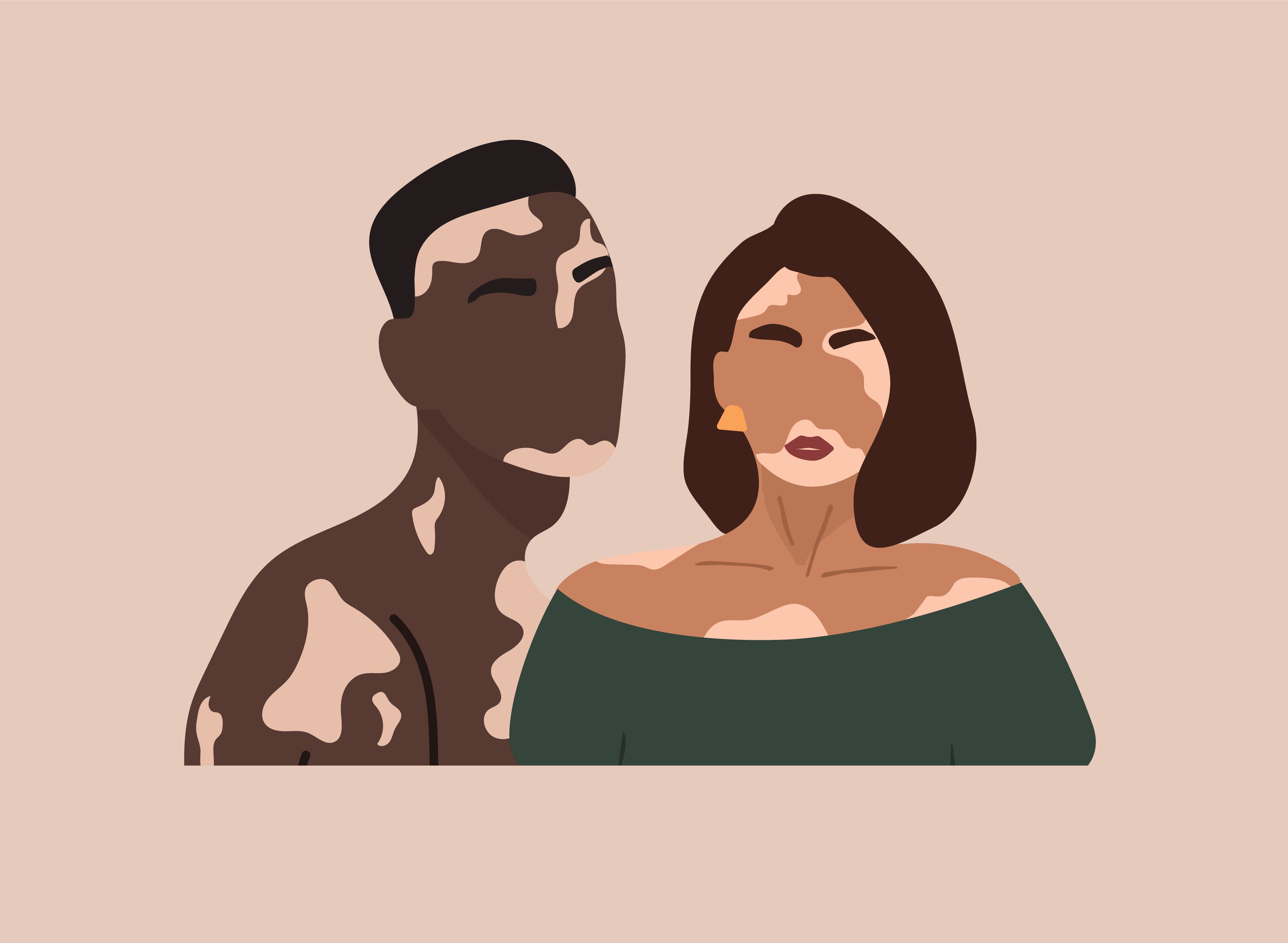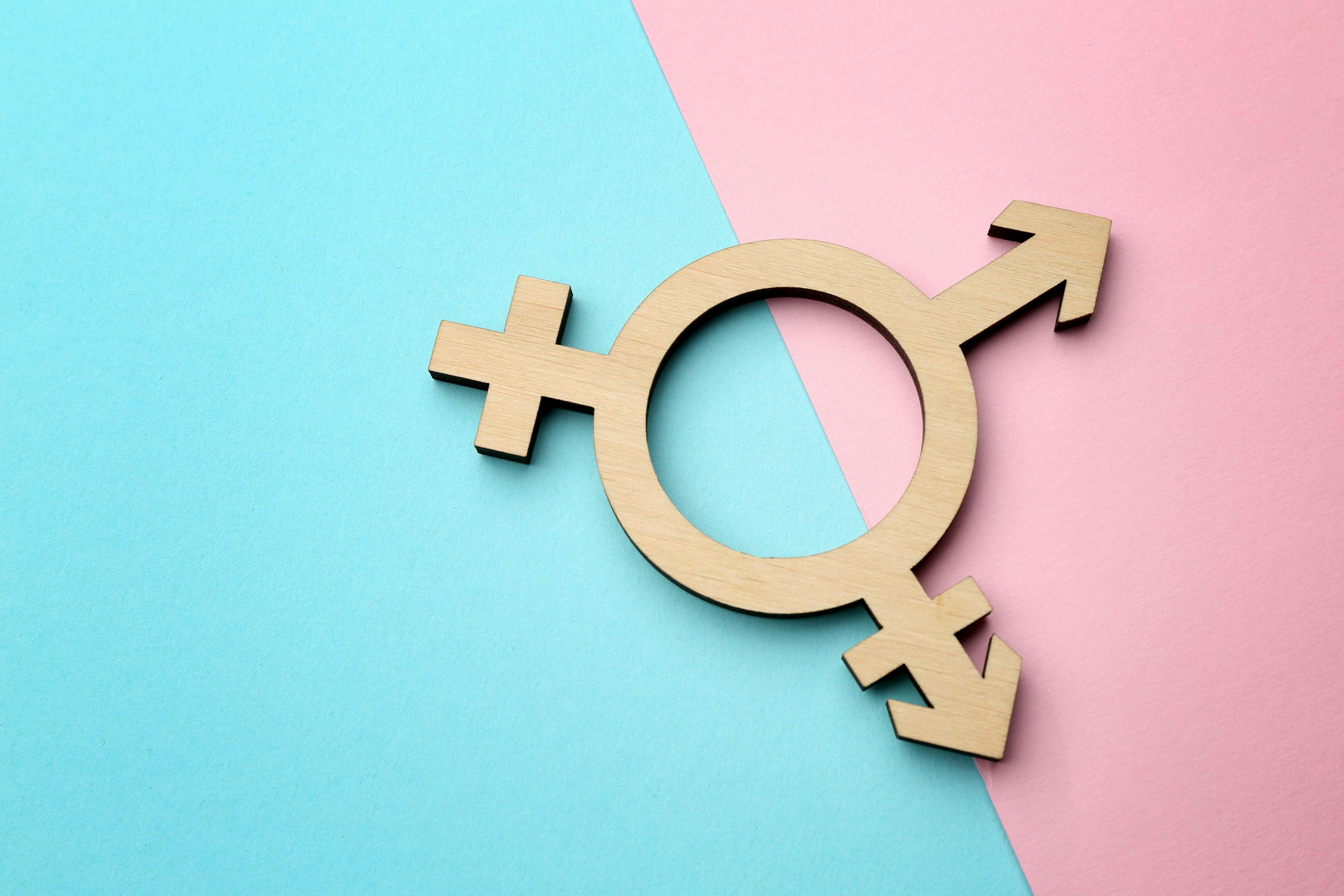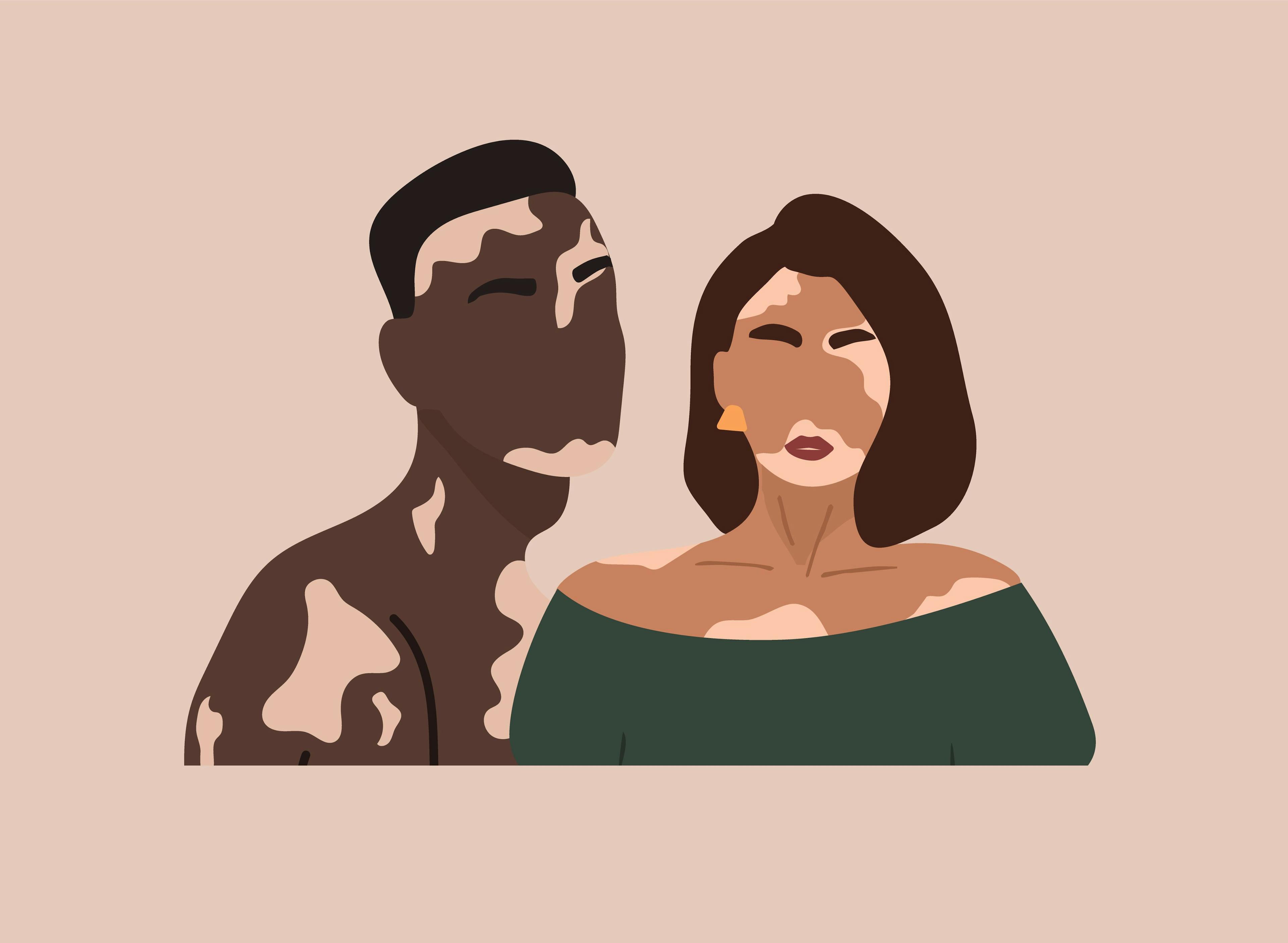- Acne
- Actinic Keratosis
- Aesthetics
- Alopecia
- Atopic Dermatitis
- Buy-and-Bill
- COVID-19
- Case-Based Roundtable
- Chronic Hand Eczema
- Chronic Spontaneous Urticaria
- Drug Watch
- Eczema
- General Dermatology
- Hidradenitis Suppurativa
- Melasma
- NP and PA
- Pediatric Dermatology
- Pigmentary Disorders
- Practice Management
- Precision Medicine and Biologics
- Prurigo Nodularis
- Psoriasis
- Psoriatic Arthritis
- Rare Disease
- Rosacea
- Skin Cancer
- Vitiligo
- Wound Care
Publication
Article
Dermatology Times
Gender Disparities in Vitiligo: Psychological Effects and QoL
Author(s):
The social and psychological effects of vitiligo, particularly concerning gender disparities, have come to the forefront in recent literature.
KeronnArt/AdobeStock

The visible manifestations of vitiligo are well documented, yet recent advancements have shifted the focus toward understanding its profound impact on psychological well-being and overall quality of life.1 While prevalence rates vary across populations and have been increasing in recent years, this underscores the need for a more comprehensive clinical management approach.2
This approach may consider vitiligo’s ramifications beyond dermatological dimensions, potentially accounting for age, gender, and ethnic background. The social and psychological effects of vitiligo, particularly concerning gender disparities, have come to the forefront in recent literature. One study takes a deeper dive into the gender differences associated with the psychological effects and quality of life in this condition.3
Gender Disparities in Vitiligo
This research delves into gender disparities in the psychological effects of vitiligo. Traditional dermatological studies have predominantly focused on the clinical dimensions of the condition, often neglecting potential variations in the emotional and psychological impact, especially concerning gender. There has been an increased emphasis on characterizing the psychological aspects of vitiligo outcomes, with 1 study revealing significant correlations between burden of depression in patients with vitiligo and the potential for a pathophysiological connection between these conditions.4
However, the recent study on gender differences in vitiligo analyzed 107 results and 8 eligible articles, uncovering that women with vitiligo faced a heightened risk of lower quality of life and more pronounced psychopathological symptoms compared with men.3 Stigmatization experiences revealed that women perceived a lack of physical attractiveness due to vitiligo more frequently than men, with both genders displaying elevated rumination levels linked to anxiety and depressive symptoms.3 Correspondingly, women exhibited higher depression scores and females showed a higher prevalence of anxiety, potentially linked to increased symptoms of social anxiety.3
However, the study acknowledged limitations in existing research, underscoring the necessity for larger sample sizes and more standardized outcomes. Future investigations should explore factors such as disease duration, comorbidity, and sociodemographic features to deepen our understanding of the psychopathology, considering gender-specific influences in individuals with vitiligo.
Implications for Dermatologists
The study emphasizes the importance for dermatologists to incorporate gender-specific considerations when assessing the impact of vitiligo on well-being. Acknowledging the unique challenges faced by both male and female patients with vitiligo enables the delivery of personalized and empathetic care, ultimately improving overall patient outcomes. This research encourages a more profound comprehension of the psychosocial aspects of vitiligo, empowering dermatologists to offer comprehensive and individualized support to those navigating this dermatological condition.
In the context of gender-specific considerations, it is essential to consider the impact of cultural and societal norms on the experiences of individuals with vitiligo. Different cultural perspectives may influence the psychological well-being of patients, affecting their self-esteem and body image. Dermatologists, in collaboration with cultural competence training, can better navigate these complexities, ensuring that care is not only personalized but also culturally sensitive.
Furthermore, the incorporation of gender-specific considerations in vitiligo care extends beyond the immediate clinical setting and highlights the need for broader societal awareness. By recognizing the distinct psychosocial challenges faced by male and female individuals with vitiligo, the medical community can contribute to destigmatizing the condition and fostering a more inclusive understanding of beauty standards.
The integration of technology in dermatological care may also facilitate ongoing support for patients.5 Telehealth platforms and mobile applications can provide a convenient avenue for individuals with vitiligo to access information, connect with support groups, and engage in virtual consultations with health care professionals. This tech-enabled approach not only enhances patient engagement but also contributes to the ongoing monitoring and management of vitiligo’s psychosocial impact.5
Integrating Psychodermatologyand Patient Advocacy
In the realm of vitiligo, the interdisciplinary field of psychodermatology, delving into the interaction between the mind and the skin, holds particular relevance. In the clinical space, dermatologists may explore collaborations with mental health professionals, ensuring a holistic approach to patient care that addresses both the physical and emotional dimensions.
In the realm of research and advocacy, dermatologists can play a pivotal role in advancing research that explores the psychological and emotional aspects of living with vitiligo. By contributing to the understanding of the psychosocial impact of vitiligo, dermatologists may also advocate for policy changes and support initiatives aimed at improving the overall quality of life for these patients.
Conclusion
The study investigating gender differences in the psychological impacts and quality of life in vitiligo highlights the crucial need for a comprehensive approach to patient care. Dermatologists are urged to go beyond addressing solely the physical aspects and consider the emotional and psychological well-being of their patients. This research, coupled with recent literature stressing the significance of holistic care, lays the foundation for future inquiries. These investigations aim to identify specific risk factors for psychopathology associated with vitiligo. The scope may broaden to encompass other dermatological conditions, acknowledging the importance of addressing their psychological manifestations. This approach aims to foster a more nuanced understanding and comprehensive management of dermatological conditions, considering the frequent overlap between physical and psychological symptoms.
Isabella Tan is from Potomac, Maryland, and is a third-year medical student at Rutgers Robert Wood Johnson Medical School in New Brunswick, New Jersey.
References
1. Simons RE, Zevy DL, Jafferany M. Psychodermatology of vitiligo: psychological impact and consequences. Dermatol Ther. 2020;33(3):e13418. doi:10.1111/dth.13418
2. Ray M, Gandhi K, Maughn K, Pandya AG. Diagnosed prevalence and incidence of vitiligo in the United States: analysis of employer-sponsored insurance claims. JID Innov. 2023;3(4):100199. doi:10.1016/j.xjidi.2023.100199
3. Samela T, Malorni W, Matarrese P, Mattia G, Alfani S, Abeni D. Gender differences in vitiligo: psychological symptoms and quality of life assessment description. Front Psychol. 2023;14:1234734. doi:10.3389/fpsyg.2023.1234734
4. Vallerand IA, Lewinson RT, Parsons LM, et al. Vitiligo and major depressive disorder: a bidirectional population-based cohort study. J Am Acad Dermatol. 2019;80(5):1371-1379. doi:10.1016/j.jaad.2018.11.047
5. Giansanti D. Advancing dermatological care: a comprehensive narrative review of tele-dermatology and mHealth for bridging gaps and expanding opportunities beyond the COVID-19 pandemic. Healthcare (Basel). 2023;11(13):1911. doi:10.3390/healthcare11131911

Newsletter
Like what you’re reading? Subscribe to Dermatology Times for weekly updates on therapies, innovations, and real-world practice tips.















